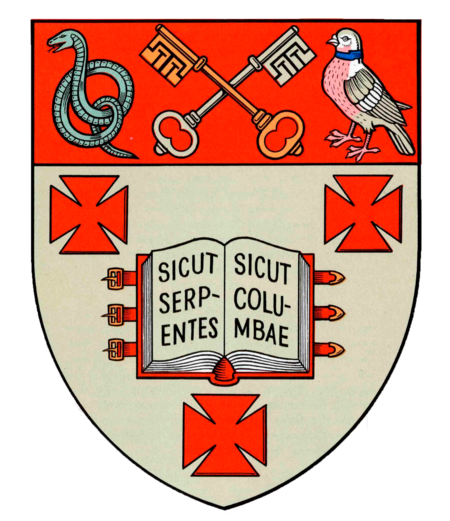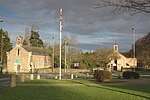Radley College

Radley College, formally St Peter's College, Radley or even the College of St. Peter at Radley, is a public school (independent boarding school for boys) near Radley, Oxfordshire, England, which was founded in 1847. The school covers 800 acres (320 hectares) including playing fields, a golf course, a lake, and farmland. Before the counties of England were re-organised, the school was in Berkshire. Radley is one of only three public schools to have retained the boys-only, boarding-only tradition, the others being Harrow and Eton. Formerly this group included Winchester, although the latter school is currently undergoing a transition to co-ed status. Of the seven public schools addressed by the Public Schools Act 1868 four have since become co-educational: Rugby (1976), Charterhouse (1971), Westminster (1973), and Shrewsbury (2014). For the academic year 2022/23, Radley charged boarders up to £14,850 per term, or £44,550 per annum. It is a member of the Rugby Group.
Excerpt from the Wikipedia article Radley College (License: CC BY-SA 3.0, Authors, Images).Radley College
Chestnut Avenue, Vale of White Horse
Geographical coordinates (GPS) Address Phone number Website External links Nearby Places Show on map
Geographical coordinates (GPS)
| Latitude | Longitude |
|---|---|
| N 51.69304 ° | E -1.2515 ° |
Address
Radley College
Chestnut Avenue
OX14 2HR Vale of White Horse
England, United Kingdom
Open on Google Maps









